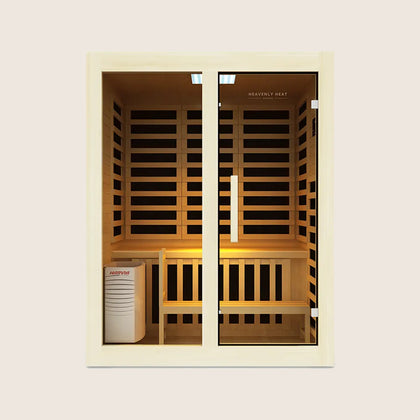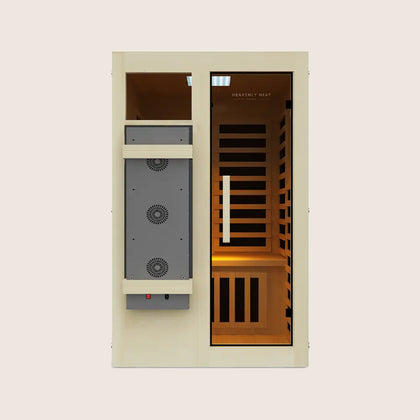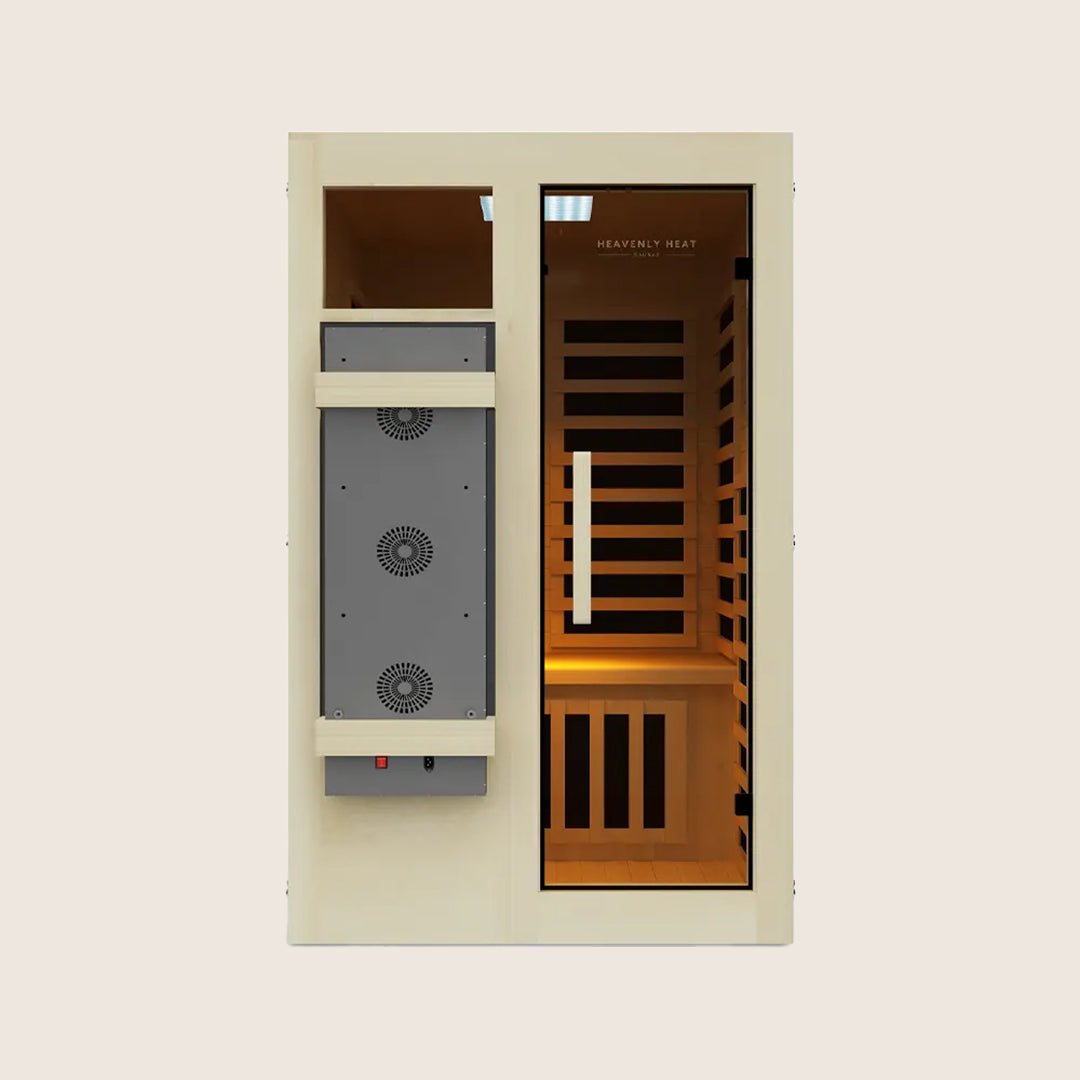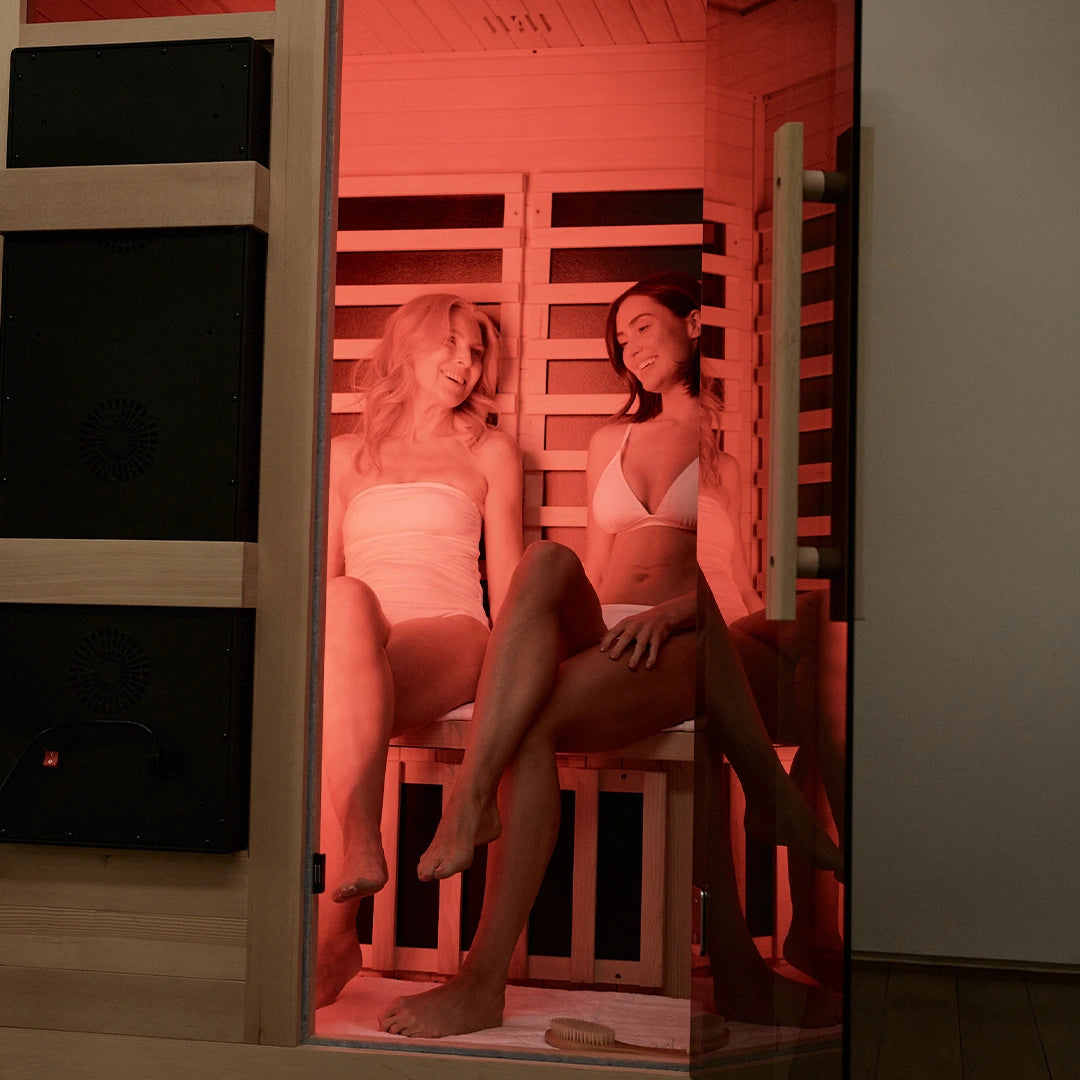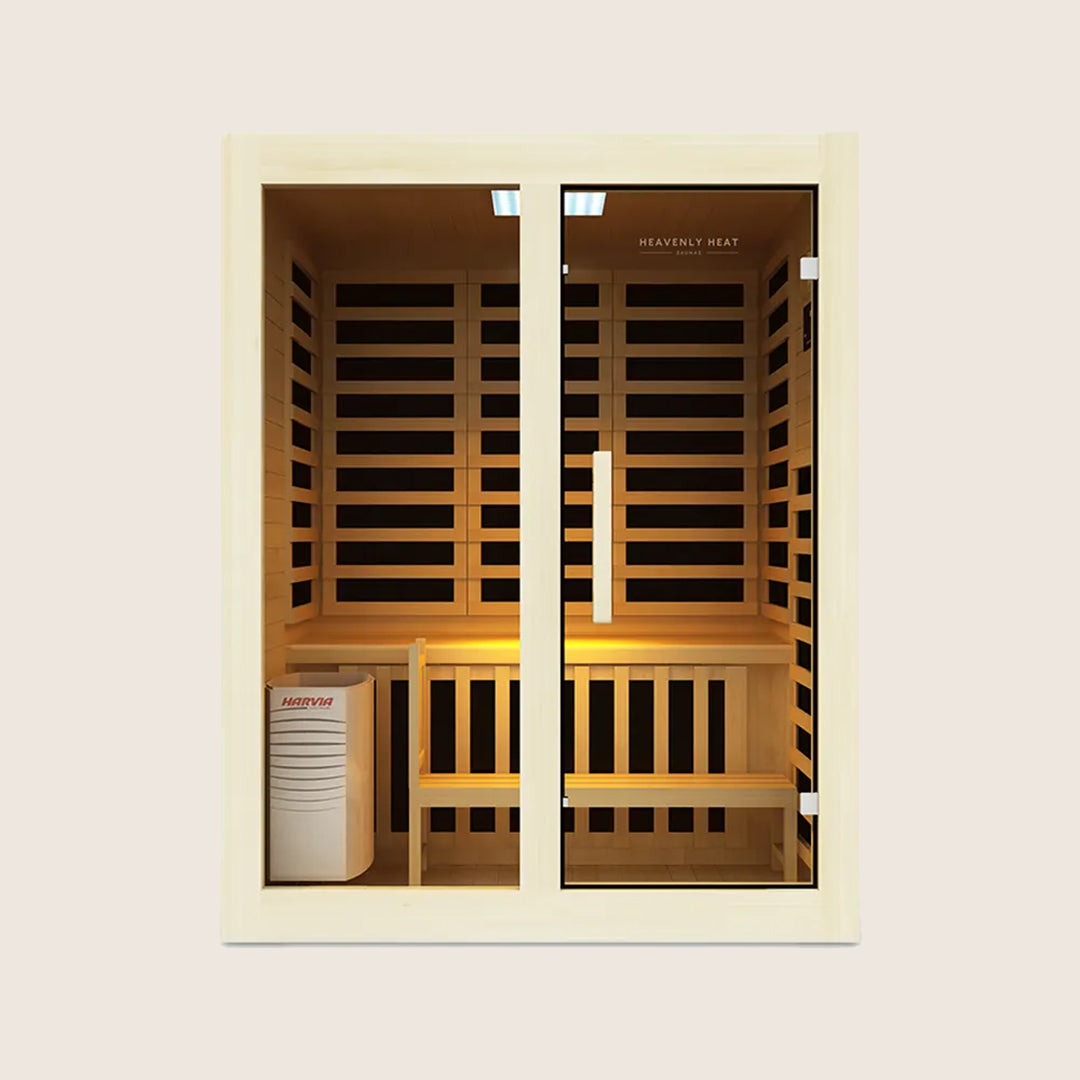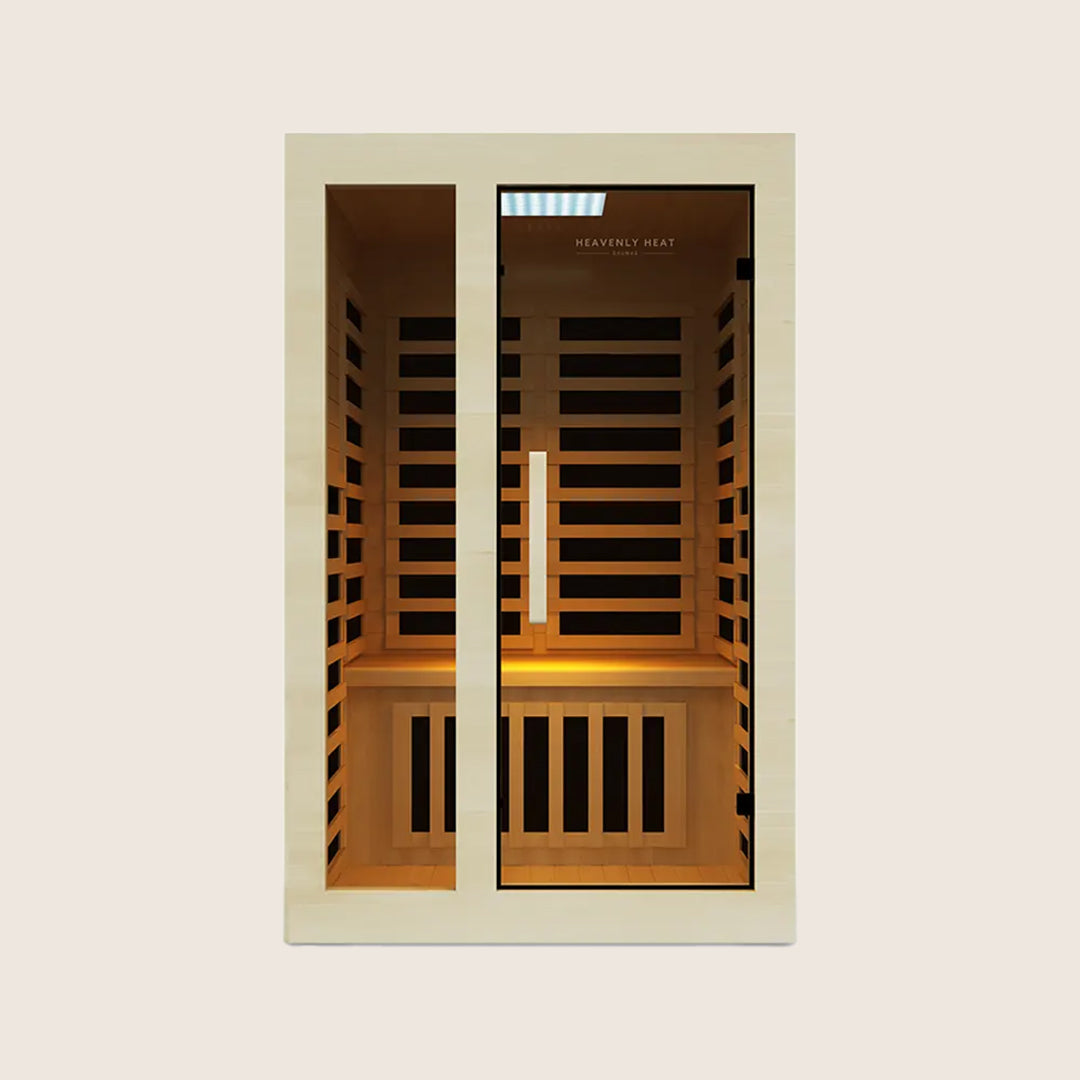Red Light Therapy for Nerve Damage: Benefits and Limits

Muscle weakness, painful cramps, numbness, or tingling in your hands and feet, nerve damage doesn’t just hurt, it disrupts daily life in ways most people don’t expect.
Left untreated, it can worsen over time, limiting independence and comfort. But there’s growing interest in a non-invasive approach: red light therapy. Could it really help repair nerves, or does it have limits?
Key Takeaways
Promote Nerve Healing Naturally: Red light therapy stimulates cellular energy and supports nerve regrowth.
Reduce Pain and Inflammation: Regular sessions can ease discomfort and calm irritated nerves.
Improve Blood Flow: Enhanced circulation delivers oxygen and nutrients to damaged nerves for faster recovery.
Support Nerve Cell Repair: Specific wavelengths activate cellular repair and protect nerve tissue from further damage.
Use Safely and Consistently: Follow device guidelines and precautions to maximize benefits and minimize risks.
What is Nerve Damage?
Nerve damage, also known as neuropathy, occurs when nerves are injured or impaired, disrupting how they send signals between the body and the brain.
According to WebMD, this damage can affect motor, sensory, or autonomic nerves, leading to weakness, pain, tingling, or even problems with vital functions like digestion and circulation.
Because nerves are essential for movement, sensation, and regulation, their damage can significantly impact overall health and daily living.
The primary causes of nerve damage include:
Diabetes – a leading cause, often resulting in burning or numbness in the feet and legs.
Alcohol use disorder – chronic drinking can deplete essential nutrients, harming nerve function.
Infections – HIV/AIDS, shingles, and Lyme disease can directly damage nerves.
Central nervous system disorders – conditions like stroke, multiple sclerosis, or Parkinson’s disease may trigger neuropathic pain.
Cancer and treatments – tumors can press on nerves, while chemotherapy and radiation may also cause long-term damage.
Trauma and surgery – injuries, spinal compression, or amputations can lead to ongoing nerve pain.
Nutritional deficiencies – especially low levels of B vitamins, crucial for nerve health.
Living with nerve damage can make everyday tasks, from walking to sleeping difficult and exhausting.
While complete cure is rare, management is possible. Practical strategies include physical therapy, medications for pain relief, and lifestyle changes like balanced nutrition and exercise.
Alternative approaches such as acupuncture, meditation, or electrical nerve stimulation may also bring relief.
With early care and consistent management, many people find ways to control symptoms and lead fulfilling, active lives.
The Benefits of Red Light Therapy for Nerve Damage
Stimulating Nerve Regrowth Naturally
Red light therapy has shown promising results in supporting nerve repair and regeneration. Research, including a study published in the Journal of Orthopaedic Science, found that exposure to red and near-infrared light accelerated nerve healing, preserved antioxidation levels, and promoted tissue growth in injured nerves.
Biologically, this therapy works by stimulating mitochondrial activity, increasing ATP production, and enhancing cellular energy needed for repair.
It also boosts calcium signaling and nitric oxide release, which activate gene expression for growth and protection, reduce inflammation, and improve blood flow, creating an optimal environment for nerve recovery.
Clinical trials further highlight its benefits, showing improvements in nerve function, reduced pain, and faster recovery in conditions like diabetic and chemotherapy-induced neuropathy.
Research suggests that wavelengths between 630–850 nm, delivered in carefully timed sessions, are most effective.
By combining these effects, red light therapy not only supports nerve regrowth but also enhances overall tissue healing, offering a natural, non-invasive approach to nerve repair.
Easing Pain and Reducing Inflammation
Red light therapy eases nerve damage by calming inflammation and lowering pain in damaged nerves.
When you shine red light on your skin, it reaches the nerves, reduces swelling, and quiets pain signals, making movement easier and recovery faster.
Studies back this up: one review shows that red light reduces pain in neuropathies, while research on low-intensity laser and LED therapy proves it lowers pain, reduces inflammation, and helps healing in chronic conditions like fibromyalgia and joint pain. In short, red light offers a safe, drug-free way to feel better.

Boosting Blood Flow for Faster Healing
Red light therapy (RLT) has emerged as a promising approach for supporting nerve healing by improving blood flow and cellular energy.
When red or near-infrared light penetrates tissue, it stimulates nitric oxide production, which relaxes blood vessels and increases circulation.
This boost delivers more oxygen and nutrients to damaged nerves, helping them function and repair more efficiently.
Research shows that wavelengths around 660 nm are particularly effective for enhancing microcirculation, supporting faster regeneration and reducing pain.
Clinical studies confirm these effects, demonstrating improved blood flow in the skin, muscles, and even the brain, along with measurable increases in oxygenation, capillary density, and tissue perfusion.
At the cellular level, red light also energizes mitochondria to produce more ATP, fueling repair and nerve recovery.
With consistent sessions, this combination of improved circulation, reduced inflammation, and increased cellular energy can help nerves regain sensation, improve balance, and support overall healing, making red light therapy a powerful tool for nerve health.
Repairing Damaged Nerve Cells
Red light therapy, or photobiomodulation, has shown promising results in repairing damaged nerves.
Scientific studies in both animals and humans suggest that specific red (around 660 nm) and near-infrared (810–850 nm) wavelengths can stimulate nerve regeneration by boosting mitochondrial activity, which provides energy for cell repair.
In animal studies, injured nerves exposed to red light showed faster axonal growth, improved myelin repair, and higher antioxidant levels, which protect nerve cells from further damage.
Clinical trials in patients with peripheral neuropathy, including diabetic and chemotherapy-induced cases, reported measurable improvements in sensation, nerve conduction, pain reduction, and overall quality of life.
The therapy works by reducing inflammation, enhancing blood flow, and activating Schwann cells, which are essential for nerve repair.
Treatments are typically administered in short, frequent sessions, tailored to the nerve’s location and depth, making red light therapy a non-invasive, supportive approach for promoting nerve healing and restoring function.
Safety and Risks of Red Light Therapy
Red light therapy (RLT) is generally considered safe for skin and tissue treatment. Research highlighted by Photomedicine and Laser Surgery shows that RLT and ELT provide non-ablative, non-thermal, and atraumatic photobiomodulation, making them popular for skin rejuvenation and improving complexion, with high patient satisfaction.
Short-term side effects are usually mild, including temporary redness, dryness, or eye strain if proper precautions aren’t taken.
More serious risks, though rare, can include burns, blistering, and hyperpigmentation. Clinical studies reported in NIHPA Author Manuscripts indicate that LED red light is safe at fluences up to 480 J/cm² for non-Hispanic Caucasians and 320 J/cm² for skin of color, though effects can vary by race and ethnicity.
Certain populations,such as those with photosensitive conditions, active skin cancer, retinal diseases, or on photosensitizing medications, should exercise caution, and pregnant women should consult a professional due to limited long-term data.
Following device guidelines and using protective goggles can help ensure safe and effective treatments.
FAQ
Does red light therapy work for nerve damage?
Red light therapy (RLT) shows promise for nerve damage by stimulating cellular repair, boosting mitochondrial activity, and enhancing blood flow, which supports nerve regeneration and reduces inflammation. Studies indicate improvements in sensation, nerve function, and pain relief, particularly with 630–850 nm wavelengths. It’s generally safe, non-invasive, and effective with consistent sessions, though individual results may vary.
How long does it take for red light therapy to show results on nerve damage?
Red light therapy for nerve damage may provide immediate but temporary pain relief, while lasting improvements usually appear after 4–12 weeks of consistent, multiple weekly sessions. Results depend on frequency, consistency, and individual response, as the therapy stimulates cellular repair, blood flow, endorphins, and potential nerve regeneration.




